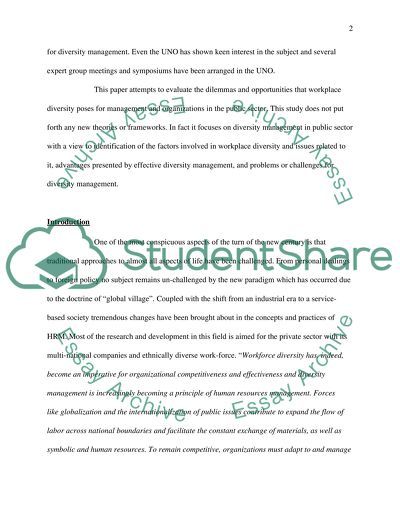Cite this document
(“Workplace Diversity Essay Example | Topics and Well Written Essays - 2500 words”, n.d.)
Workplace Diversity Essay Example | Topics and Well Written Essays - 2500 words. Retrieved from https://studentshare.org/sociology/1533137-workplace-diversity
Workplace Diversity Essay Example | Topics and Well Written Essays - 2500 words. Retrieved from https://studentshare.org/sociology/1533137-workplace-diversity
(Workplace Diversity Essay Example | Topics and Well Written Essays - 2500 Words)
Workplace Diversity Essay Example | Topics and Well Written Essays - 2500 Words. https://studentshare.org/sociology/1533137-workplace-diversity.
Workplace Diversity Essay Example | Topics and Well Written Essays - 2500 Words. https://studentshare.org/sociology/1533137-workplace-diversity.
“Workplace Diversity Essay Example | Topics and Well Written Essays - 2500 Words”, n.d. https://studentshare.org/sociology/1533137-workplace-diversity.


